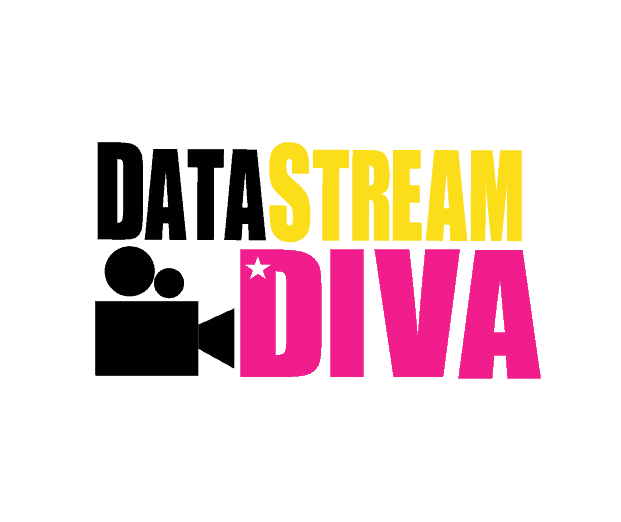- Beyond the Aquila Rift Explained: What The Ending Really Means - April 4, 2022
- Best Movies Like Paper Towns: Our Top Recommendations - April 4, 2022
- Best Movies Like Moana: Must-See for Disney Fans - March 4, 2022
Living in 2019 had many advantages, like being informed of everything going on globally in real-time. Listening to the music you want when you want. Watching TV at the time you want it and not tied to a predefined schedule.
However, there was also the disadvantage of people willing to make a monumental fuss over any nonsense. Well, the seventh episode of the show Love, Death & Robots was caught in the middle of that group’s immeasurable wrath.
Beyond the Aquila Rift was produced by French animation company Unit Image and has been at the center of the feminist, environmentalist, secularist, and sex-diverse bonfire for being the first episode of the series for some Netflix users.
And because this episode offers a sensual heterosexual sex scene, unlike the robotic innuendo of Sonnie’s Edge, it set Rome and all its surroundings ablaze.
Immediately a wave of outrage was unleashed about how the LGTBI community was being discriminated against by having the order of episodes changed based on sexual orientation, that Netflix had sold out to the heteropatriarchy and the like, frequently accompanied by insults.
Could it be true that Netflix, a streaming service characterized by its tendency to favor millennial audiences, sold out to the heteropatriarchy? Is Netflix becoming outdated? While we ponder those questions, let’s instead begin analyzing and explaining this, the seventh and best-rated episode of the series… Beyond the Aquila Rift.
Does the Aquila Rift Really Exist?
Although Love, Death & Robots episodes were given many liberties when writing their plots, they have a firm anchor in reality. This episode is no exception, for indeed, the Aquila Rift is not the work of the author’s imagination.
The Serpens-Aquila Rift is a region in space widely known for its ability to block or hide the light of the stars behind it, which is why very little is known on Earth about what may lie behind it. The Aquila Rift is about 1,000 light-years from planet Earth and is an area where much star-forming activity is concentrated.
So, when this episode is titled Beyond the Aquila Rift, it is virtually synonymous with entering the unknown, where anything can happen.
Who Are the Protagonists of the Story and What Do They Seek?
The protagonists of the story are Thom (Henry Douthwaite), Suzy (Rebecca Banatvala), and Ray (Delroy Brown), the crew of the Blue Goose. A ship whose purpose appears to be space mining.
Thom is the captain, Ray is the ship’s engineer, and Suzy is the programmer. But…
Why Does the Blue Goose Need a Programmer? What is Suzy’s Function?
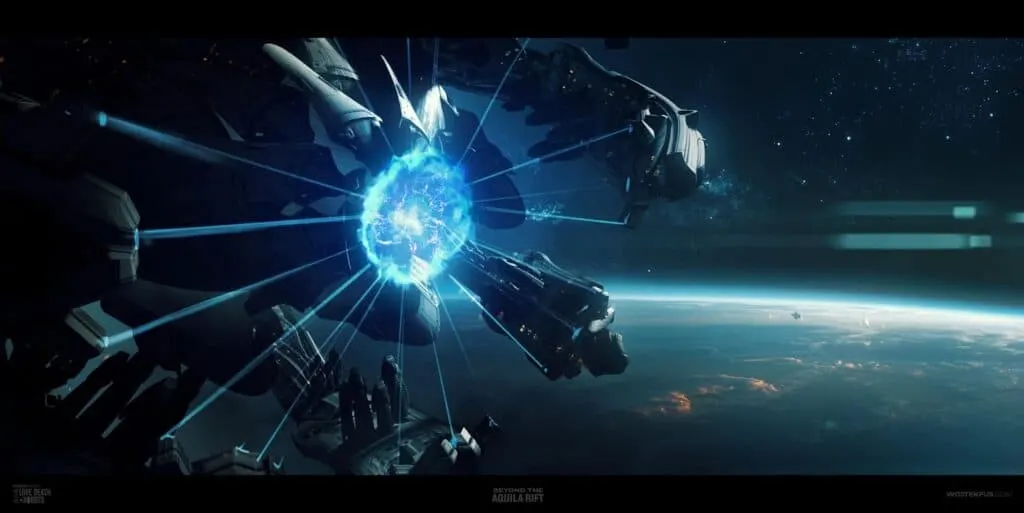
The kind of voyage that Thom, Suzy, and Ray embark on is not just any kind of voyage. It is a superluminal voyage, which is the scientific, swaggering version of what we know in the mortal world as faster than the speed of light. Indeed, to reach its destination, the Blue Goose must fly faster than light.
For that, it uses the technology of the jump point network, a technology that, according to the Alastair Reynolds story on which the episode is based, is a sort of accidental discovery by humans in their early stages of the space race. Technology from a vanished alien species.
In short, the network connects the ship between two of its points, providing a route and probably plenty of power to reach superluminal travel.
To tell the jump point the exact destination in deep space to which you want to go, you must know the language it is programmed in, its syntax, and that is what Suzy is an expert at. She enters the syntax, and the jump point propels the ship to its destination.
How Did the Blue Goose End Up Beyond the Aquila Rift?
Well, it turns out that it can happen. And what happens, in this case, is that the net jump points in the Local Bubble that the humans drive are not nearly all points. In Reynolds’ story, it is indicated that the vast majority of those points are outside the Local Bubble, and by maintenance or disuse, are off the grid.
Any error in the input syntax coupled with any misalignment of the ship, as mentioned by Ray, can activate one of these missing points, and the ship would end up far away from its destination. Even an expert programmer in the alien code like Suzy can commit them since very little is known about their origins and operation.
The point at which the Blue Goose arrives is a sort of stopover center, a hub, where many species came to rest after extended journeys during its original operation. As the hub was disused, the Blue Goose did not have a stable arrival point and ended up broken down. Or…
Was the Blue Goose Guided to the Hub Beyond the Aquila Rift?
… Perhaps, at the hub, there was someone (or something) interested in getting Thom there, meaning that the Blue Goose’s arrival was not accidental. Here we can throw out a theory.
What if Greta (Madeleine Knight) did crash into the hub, which she did by mistake, and whatever dwells there read her mind and was smitten with Thom? What if when Blue Goose uploaded its data into the network, it recognized him and purposely led him there to meet him? Could it be?
What Exactly is Greta and What Lives in the Hub?
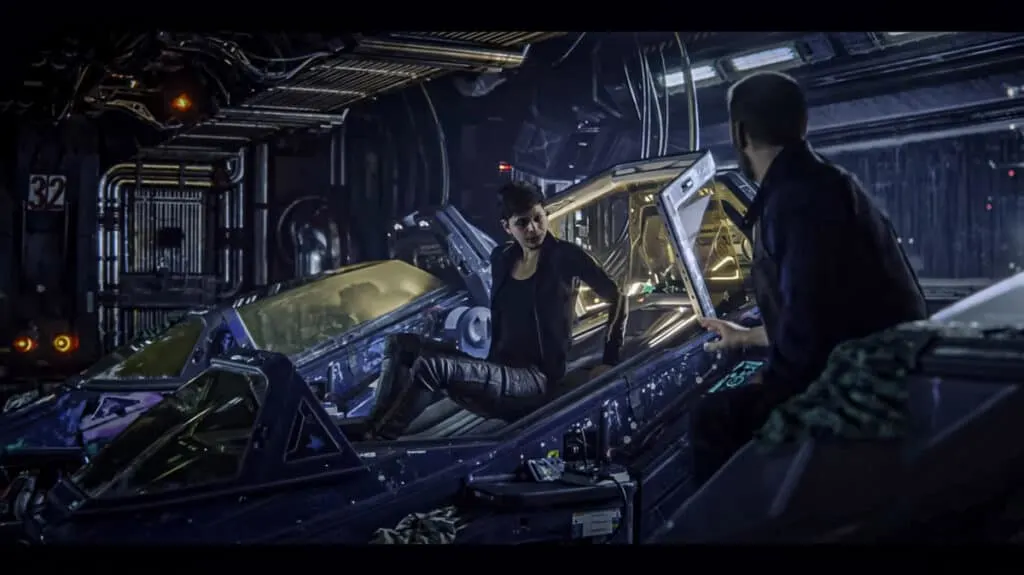
When Thom wakes up in the hub, he is greeted by none other than Greta, with whom he had a rather intense sexual affair. Later, after this reunion, they return to the wild, heterosexual sex that plenty of viewers were outraged about.
But when Thom wakes Suzy up, she points out to him that 1) there could have been no errors in syntax and therefore fate could not have gone astray and 2) that Greta is not Greta.
As a result of what happens with Suzy, Thom begins to suspect that something is not right and that the fabulous hub he has been in with the sultry Greta is not so true.
Finally, after pressing Greta, she reveals that 1) Tom is extremely thin and his two companions are dead 2) that the hub is in ruins, and 3) that the only creature accompanying him is a giant spider that speaks to him in the same voice as Greta. This means that…
What Does the Ending of Beyond the Aquila Rift Mean?
… in reality, everything Thom saw after waking up in the hub is the product of a hallucination. Induced by the giant spider that lived there and got stuck there without any prospect of getting out.
We see from the hub that the intergalactic spider has made its nest there. And, for some reason, the spider wants Thom to admit the reality of where he is and who or what he is with. For that, he uses the image of Suzy, who is actually dead.
What Does the Giant Spider Want?
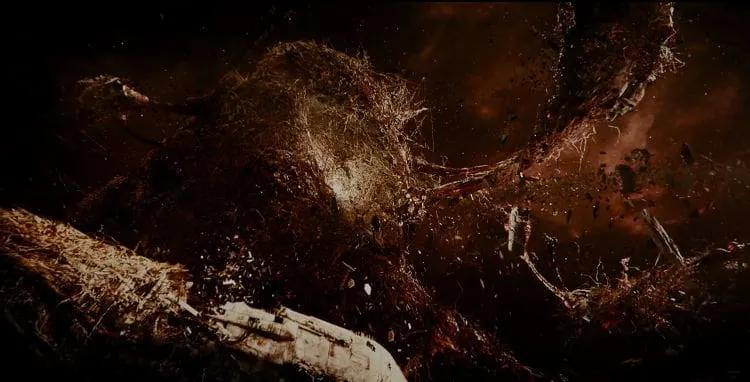
By the end of the episode, we see that what Thom experiences in the hub has been repeated repeatedly throughout several iterations. Now, the iteration turns out to be identical because of what appears to be a trick of Thom’s mind induced by some substance coming from the spider, which perhaps wants to bend Thom’s will.
And here there are two options: the first being, due to interacting with Thom for so long, the spider is actually in love with him.
And the second, which I think is more plausible, is that the spider has already done the same process with Suzy and Ray to feed on some desperation-induced brain biochemical component, and now it’s Thom’s turn. This would explain why he’s so thin.
At the end of the day, Thom seems to be pretty limited in options. Either he’s spider food, or he’s the spider’s consort.
What Do the Icons at the Beginning of the Episode Mean?
At the beginning of the episode, the icons are an inverted heart, a box, and a sleeping skull that then looks surprised. The first icon, which is the love icon, changes to a strange inverted heart, which is ultimately an allusion to Thom’s sexual hallucination, literally Greta’s butt.
The second icon, that of death, changes to a box, ultimately the same box that Thom wakes up in that is used to hibernate in superluminal travel. Box that eventually became his coffin.
The third icon, one of the robots, is that of a skull first asleep and surprised. Although this one has nothing to do with robots, it does refer to the process in which Thom sees the hallucination and then discovers the reality.
What is the Message of this Episode?
This is the first episode of the series in which it is evident that the initial premise is deepened because it is an invitation to accept what you really see in front of you.
It is exactly what happens to many of us who demand that they be honest with us, that they tell us the truth, but when they tell us the truth, we get angry. We deny it, and we think they are lying to us. This episode invites us to do just that, not deceive ourselves and accept the facts for what they are and not for what they have appeared to be in our somewhat subjective minds.
What Else Is There to Know About Love, Death & Robots?
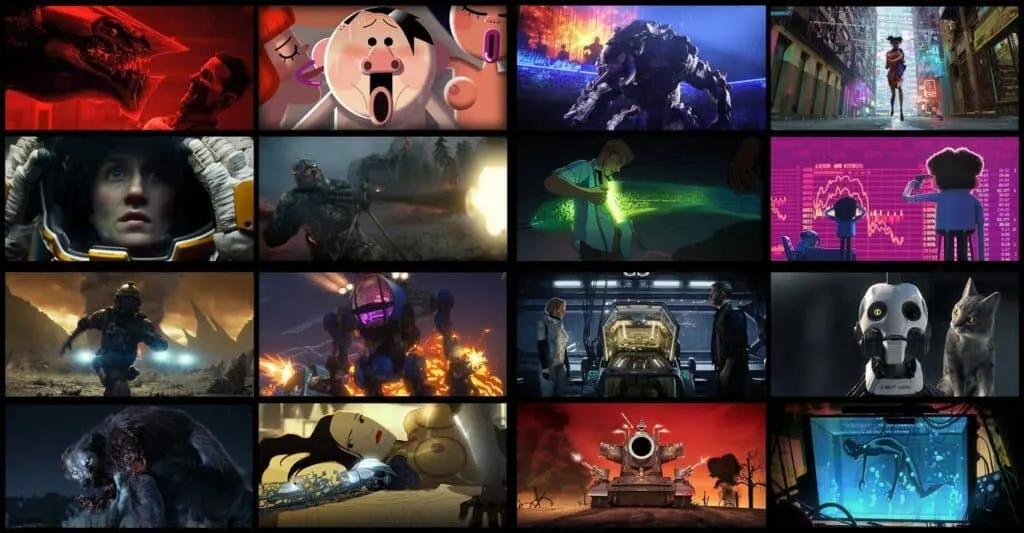
The show is an anthology series, a compilation of stories with totally different and self-conclusive characters and developments. Each chapter, usually (and as in this case), is created by different directors and teams.
I’m sure you remember the remarkable Animatrix compilation, which brought together short stories set in the universe created by the Wachowski brothers (now sisters).
For those of you who are more seasoned veterans, I’m sure you also fondly remember another classic like Heavy Metal. Love, Death & Robots follows that same premise but with various eclectic approaches.
Don’t be fooled by the title, since in Love, Death & Robots, we only see robots in a few of the 18 shorts included in this first season. The only common link is that they are always science fiction or fantasy stories. Thus, we find from cyberpunk and interstellar travel stories to others more focused on myths such as vampires or werewolves.
As expected, each episode has its aesthetics, ranging from traditional animation, the most sophisticated computer images (really cutting edge and stunning in a couple of episodes), and even a mixture of real and synthetic images.
In that sense, we have to make you a recommendation: some Netflix series can be enjoyed on the small screen of your mobile, and that’s it, but not this one. Do yourselves a favor and enjoy Love, Death & Robots on the most giant screen you can find. You’ll thank us later.
We are facing here a real festival of explosions, spaceships, and impossible monsters, but all of them under very careful, elegant, and spectacular aesthetics.
But be warned: this series is recommended for grown-ups, as it includes explicit sex scenes and lots of gore. If this doesn’t scare you, you’ll enjoy how these elements are naturally integrated into the stories.
And this adult tone also comes through in the proportions of humor, philosophy, drama, and horror. There are a couple of purely humorous episodes (watch out for the references to video games that you will find in the short film Three Robots).
In contrast, others drift towards war (perhaps an overused formula), horror, and others towards the more philosophical drama. In this sense, we were especially amazed by Beyond the Aquila Rift and Good Hunting, both of which we found fascinating.
FAQ
Question: Is Beyond the Aquila Rift animation?
Answer: Coming in at 16 minutes, it was directed by Léon Bérelle, Dominique Boidin, Rémi Kozyra and Maxime Luère of Unit Image, a high-end animation studio which specializes in computer generation and visual effects.
Question: Where is the Aquila Rift?
Answer: Located at a distance of about 1,000 light-years, the Aquila Rift belongs to the Gould Belt, a giant ring of stars and star-forming clouds in the vicinity of the Sun. The most famous image of the Aquila Rift is based on observations performed by SPIRE at 500 μm and by PACS at 160 and 70 μm.
Question: What is Beyond the Aquila Rift based on?
Answer: Beyond the Aquila Rift is based on the short story of the same name written by Alastair Reynolds, who also wrote the original story for Zima Blue.
Question: Why is Love Death + Robots rated MA?
Answer: Extreme amount of violence depicted. Characters often beaten and/or murdered, and many episodes take place during wars. Surprise! Lots of nudity on this animated show, most of it female, including full-frontal female nudity and simulated sex.
Question: Who created Beyond the Aquila Rift?
Answer: Created by Tim Miller with David Fincher as executive producer, Beyond the Aquila Rift and the whole series was brought together by a global team of directors and animation studios to push and expand the medium. With eighteen shorts in all, Love, Death & Robots has something for everyone.
Brief Summary
Although logically, there are better-finished episodes than others, we have to admit that we have not found a single one that seems weak.
We can notice the excellent hand of teams like Blur Studio (responsible for video games like Star Wars: The The Force Unleashed) or Unit Image and an apparent reverence of its authors to science-fiction classics. If you are attentive, you will see tributes, more or less subtle, to works such as Alien or The Terminator.
Beyond the Aquila Rift and the rest of the episodes of Love, Death & Robots are pretty short, ranging from 5 to 17 minutes. Thus, every episode is quite comfortable to watch.
We recommend that you enjoy them calmly, without choking you with several episodes in a row, to be able to think about what each one wants to tell us.
Logically, some reflections are more profound than others (indeed, some episodes are more focused on making us enjoy the aesthetics than on giving us a super-complex message), but if you are one of those who have enjoyed at some point series like The Twilight Zone, then you are in front of your ideal date.
For us, it’s one of Netflix’s best series and a new milestone to be reckoned with in both the sci-fi and animation fields.
Read More:
